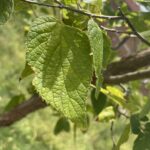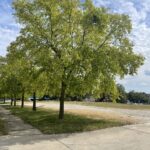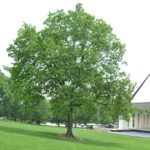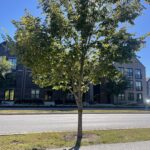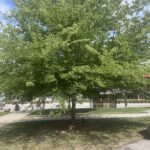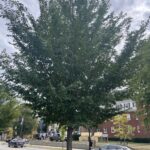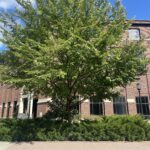Flowers:
Yellow (Generally monoecious; not ornamentally important)
Foliage:
Green (Bright to light green foliage in summer); Yellow (Light yellow foliage (not always impressive))
Fruit:
Multi-Colored (Berry-like drupes that can range in color from orange-red to blue-black; edible, sweet, and juicy (very attractive to birds))
Soil:
Tolerates alkaline, acidic, dry, wet, and rocky soils
Range:
Central and Southeastern United States and into Northeastern Mexico
Diagnostic Characteristics:
Leaves (2-4" long and narrower than Celtis occidentalis) are simple and alternate in 2 rows along twig, oblong-lanceolate with mostly smooth margins and long tapering tip, dull light or medium green above, paler below. Oblique leaf base. Pointed and appressed chestnut colored buds. Olive brown stems are lenticelled. Bark is much less characteristically ridged and warty than C. occidentalis.
